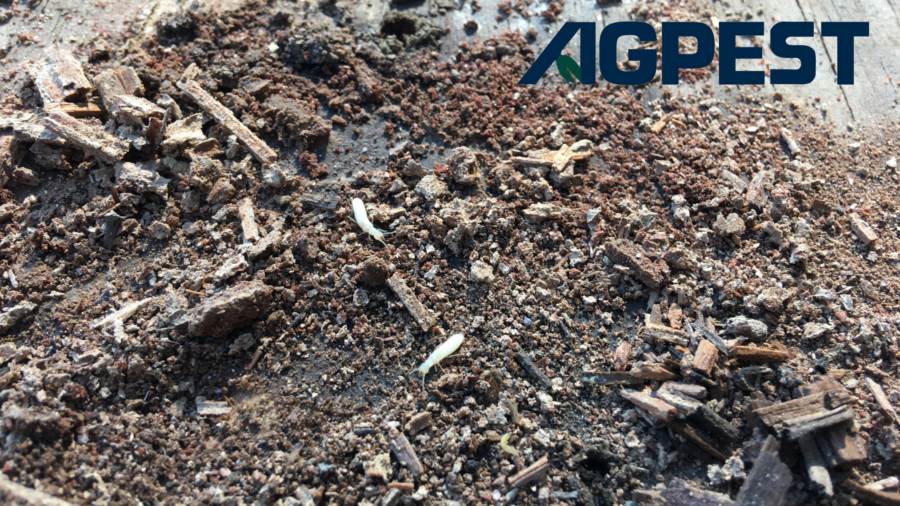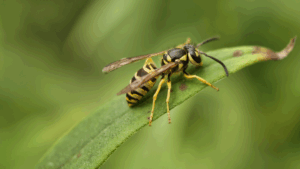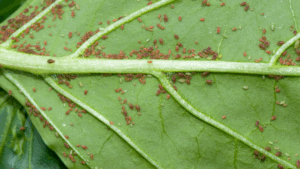San Diego, California, boasts picturesque beaches, stunning sunsets, and a warm climate that attracts residents and tourists alike. However, beneath the surface lies a hidden threat that can wreak havoc on homes and structures: subterranean termites. These voracious pests are prevalent in the area, posing a significant risk to property owners. In this blog post, we’ll delve into why subterranean termites thrive in San Diego, how to identify them, signs of infestation, their swarming behavior, the damage they cause, treatment options, and crucial prevention tips.
Why Are Subterranean Termites Prevalent in San Diego?
San Diego’s Mediterranean climate, characterized by mild, wet winters and warm, dry summers, provides an ideal environment for subterranean termites to thrive. These termites are drawn to moist, humid conditions, making the region’s coastal areas particularly attractive to them. Additionally, the abundance of wood in residential and commercial structures serves as a plentiful food source for these relentless insects.
Identifying Subterranean Termites
Recognizing subterranean termites is essential for early detection and prevention of infestations. These termites are typically pale or creamy-white in color and have straight antennae. They live underground in colonies, with workers and soldiers responsible for foraging for food and defending the colony, respectively. Winged reproductive termites, known as swarmers, emerge during specific times of the year to establish new colonies.
Signs of Subterranean Termite Infestation
Several indicators can signal a subterranean termite infestation:
- Mud Tubes: Termites construct pencil-thin mud tubes along foundations, walls, or other surfaces to provide moisture and protection as they travel between their nests and food sources.
- Wood Damage: Subterranean termites feed on cellulose found in wood, causing hollowed-out or damaged wood structures. Look for blistered or darkened areas on wooden surfaces.
- Discarded Wings: After swarming, subterranean termite swarmers shed their wings, leaving behind piles of discarded wings near windows, doors, or light sources.
- Sagging Floors or Ceilings: Severe infestations can weaken structural supports, leading to sagging floors or ceilings.
Termite Swarming Season in San Diego
Termite swarming season typically occurs in the spring, between February and April, when temperatures rise and humidity levels increase. Swarmers emerge en masse to mate and establish new colonies, often congregating near light sources. Witnessing swarms of flying termites around your property is a clear indication of an impending infestation.
Understanding Termite Damage
Subterranean termites can cause extensive damage to homes and buildings, silently devouring wooden structures from the inside out. If left unchecked, they can compromise the integrity of a property, leading to costly repairs and structural issues. Early detection and intervention are crucial to minimizing the extent of damage caused by these destructive pests.
Termite Treatment and Control
Effective termite control requires a comprehensive approach tailored to the specific needs of each property. Professional termite control companies in San Diego offer a range of treatment options, including:
- Liquid Termiticides: Applied to the soil around the perimeter of the structure, liquid termiticides create a barrier that prevents termites from entering the building.
- Termite Bait Stations: These stations contain cellulose material laced with slow-acting toxins that are ingested by termites and spread throughout the colony, eventually leading to its elimination.
- Wood Treatments: Wood treatments, such as borate-based solutions, can be applied to susceptible wooden surfaces to deter termite infestations.
Preventing Subterranean Termites
While professional treatment is essential for controlling termite infestations, proactive prevention measures can help minimize the risk of future outbreaks. Here are some tips to prevent subterranean termites from invading your home:
- Reduce Moisture: Repair leaky faucets, fix drainage issues, and ensure proper ventilation in crawl spaces to eliminate moisture buildup, which attracts termites.
- Inspect Regularly: Conduct routine inspections of your property, paying close attention to areas prone to termite activity, such as basements, attics, and crawl spaces.
- Remove Wood-to-Soil Contact: Minimize direct contact between soil and wooden structures by maintaining a clearance of at least 6 inches around the foundation.
- Trim Vegetation: Keep shrubs, trees, and other vegetation trimmed and away from the perimeter of your home to reduce potential entry points for termites.
Request a Free Termite Control Quote Today!
Don’t let subterranean termites jeopardize the safety and integrity of your home. If you suspect a termite infestation or want to take proactive measures to protect your property, contact Agricultural Pest Control for a free quote. Our team of experienced professionals specializes in termite detection, treatment, and prevention, helping you safeguard your investment and enjoy peace of mind year-round.
Don’t wait until it’s too late—schedule your termite inspection today and take the first step towards a termite-free home!



